This blog is part two of the series on The Great Chola Temples. If you haven’t read part one of this series, please click here.
IMPERIAL CHOLA DYNASTY
There’s no denying that the Chola dynasty was the longest ruling dynasties in the history of southern India. Unarguably, the major factors attributing their supreme reign are relentless conquests alongside a powerful military, monarchical governance of entire peninsular India, and excellence in foreign trade extending up to southeast Asia. Apart from their strong governing principles, the Cholas exhibited an extraordinary affinity towards arts and culture. Among the many art forms, their contribution towards the Dravidian style of temple architecture has a prime prominence.
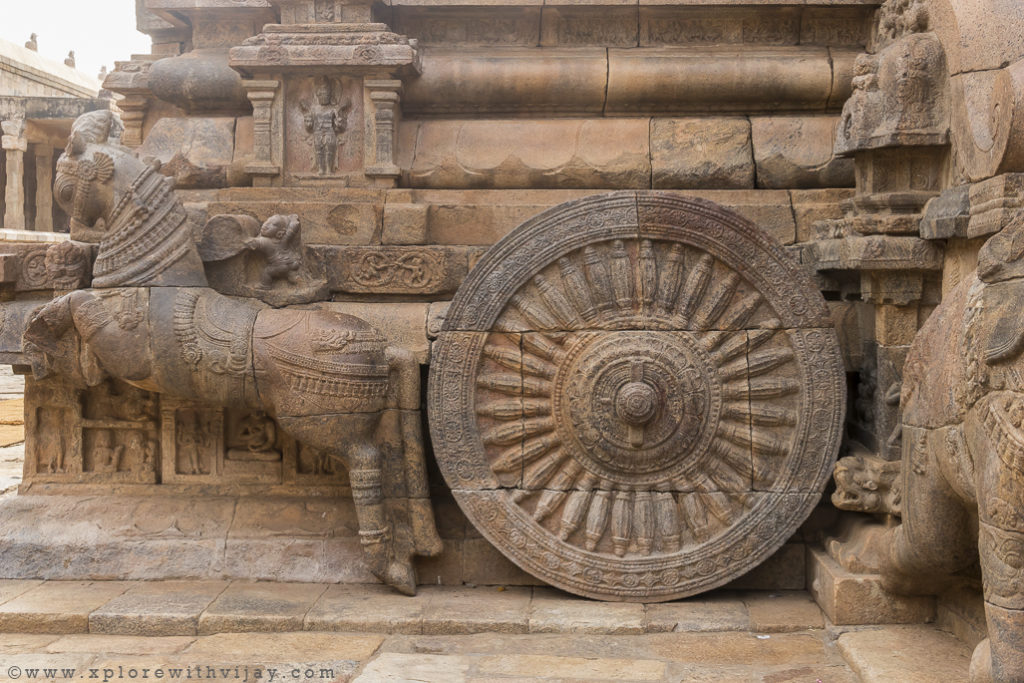
THE CHOLAS AND THEIR LOVE FOR ARTS
The tradition of temple building was not something new to the Chola kingdom. The Pallavas had, long before, introduced this magnificent art form during their reign in the 7th century. The Cholas took over this tradition with the introduction of granite blocks, delicate stone carvings, intricate workmanship and grand towering structures, called Gopurams. A Gopuram is, typically, a large gateway to the sanctum sanctorum of the temple presiding the chief deity and is built along the four sides of vast square plan structure. A predominant follower of Shaivism, a vast majority of the temples built by the Cholas were dedicated to Lord Shiva.
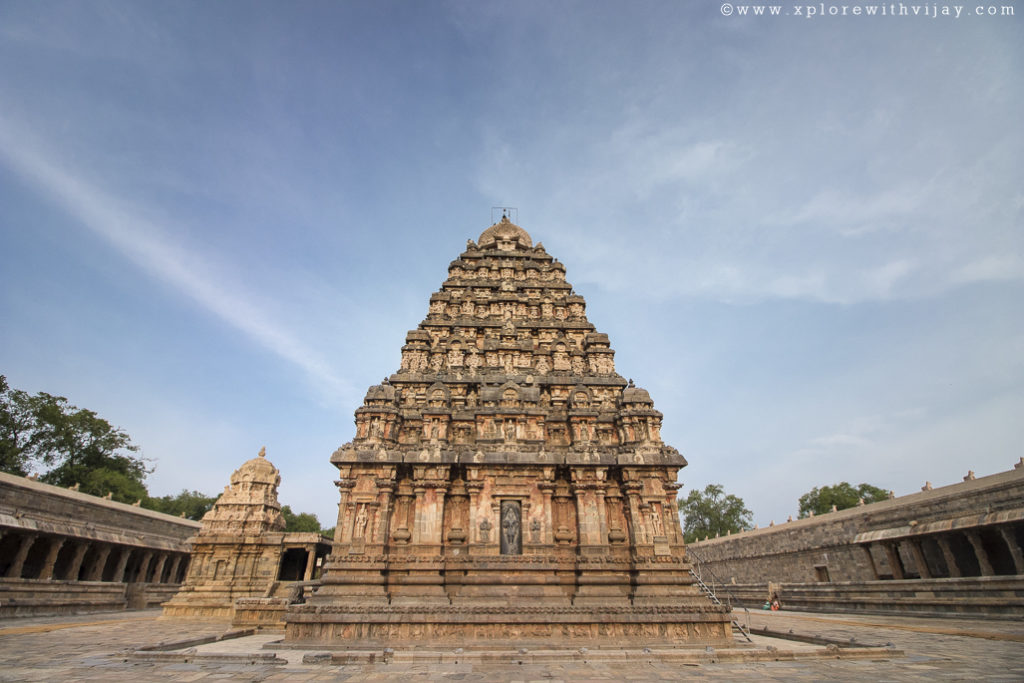
Among the several temples built by the Chola kings, the three all-stone temples at Thanjavur, Gangaikonda Cholapuram, and Darasuram are finest examples of ancient engineering excellence that makes anyone awestruck for the sheer brilliance of the grand and intricate architecture.
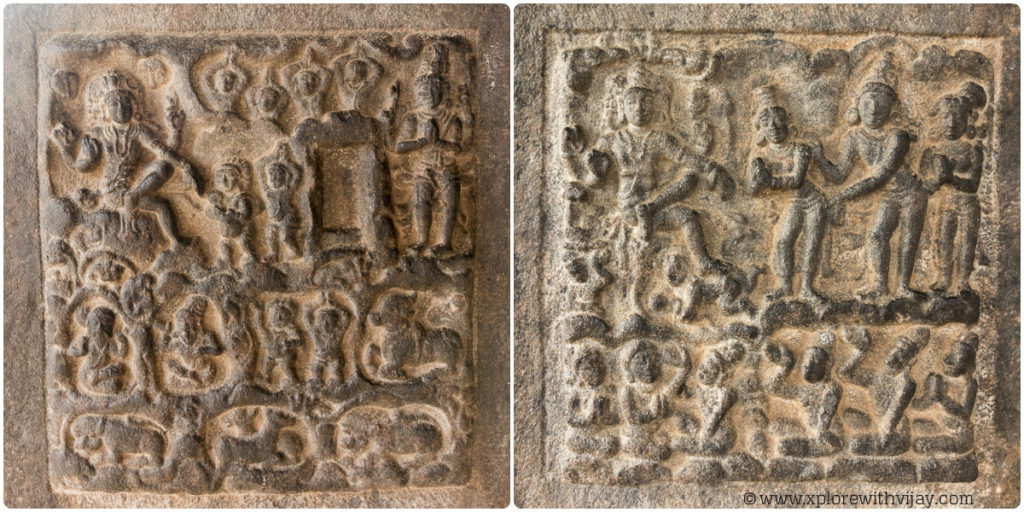
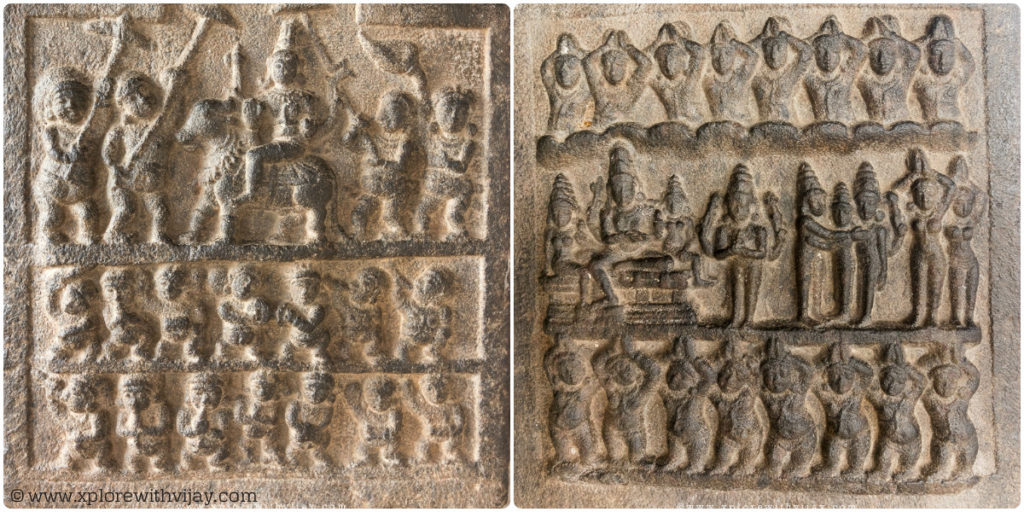
The magnificent Bridhadeeswara temple at Thanjavur, built by Rajaraja I around 1009, is the largest and tallest of all temples in the country and is a masterpiece of monumental workmanship. Two decades later, came another temple that followed similar architectural design with elaborate patterns at GangaikondaCholiswaram. Often referred to as the feminine version of the Big temple at Thanjavur, the establishment of the temple at Gangaikonda Cholapuram by Rajendra Chola was built to commemorate the victory of Cholas over the Pala dynasty in northern India.
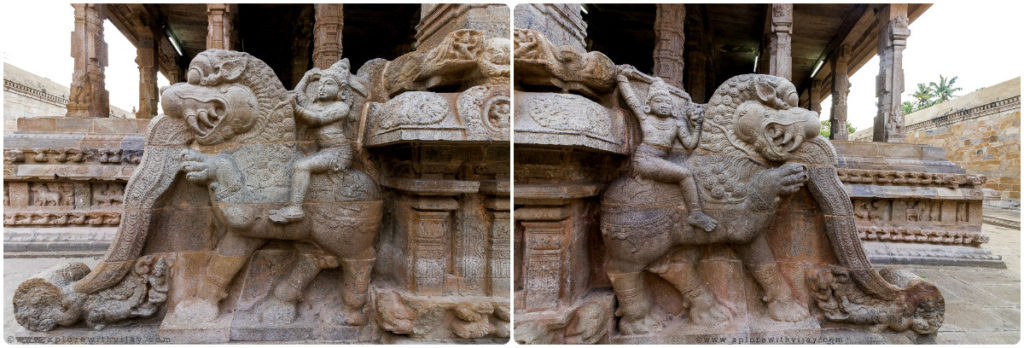
AIRAVATESVARA TEMPLE
The third of the prominent all-stone temples is the Airavatesvara Temple built during the 12th century Chola reign by Rajaraja Chola II at Darasuram. Although, these temples were built during different eras under the Chola reign, they share similar unique phenomenon. All three temples are similar in architecture and portray delicate monumental workmanship.
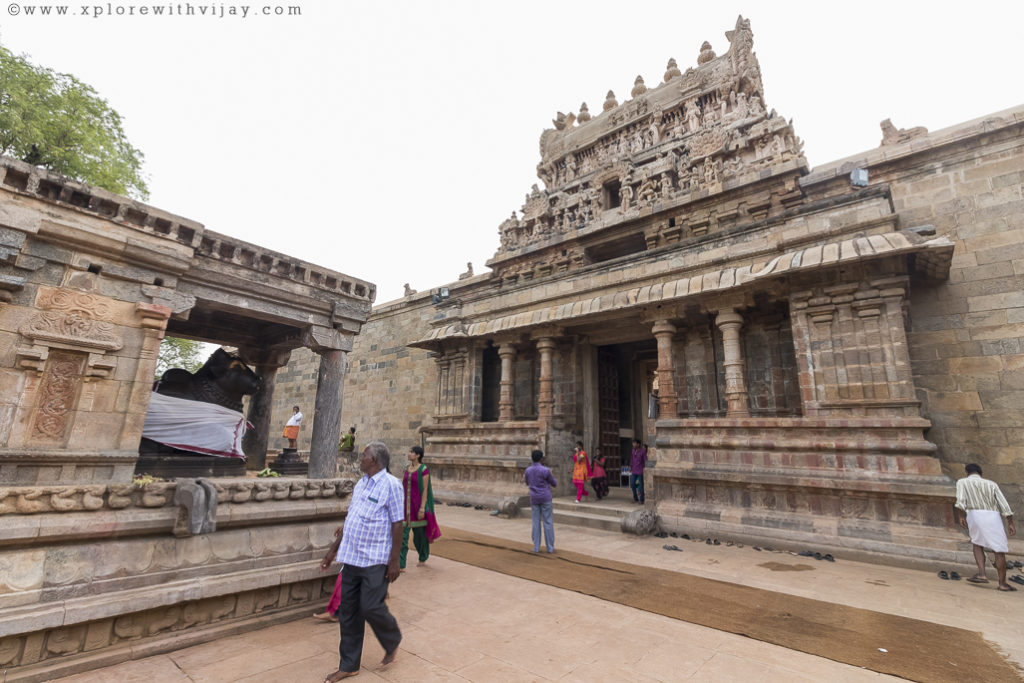
HOW DID THE TEMPLE DERIVE ITS NAME?
Not only are these temples similar in architecture, but the chief deity are similar as well. The temple at Darasuram is dedicated to Lord Shiva. In today’s modern world, anything that cannot be scientifically proved is considered mere fact. And, historic facts are considered a myth. Hinduism is an amalgamation of diverse Indian cultures and traditions attributing to a broad range of philosophies. Only those that understand the perception of reality have the capability to comprehend the vast profusion of the principles of Hinduism.
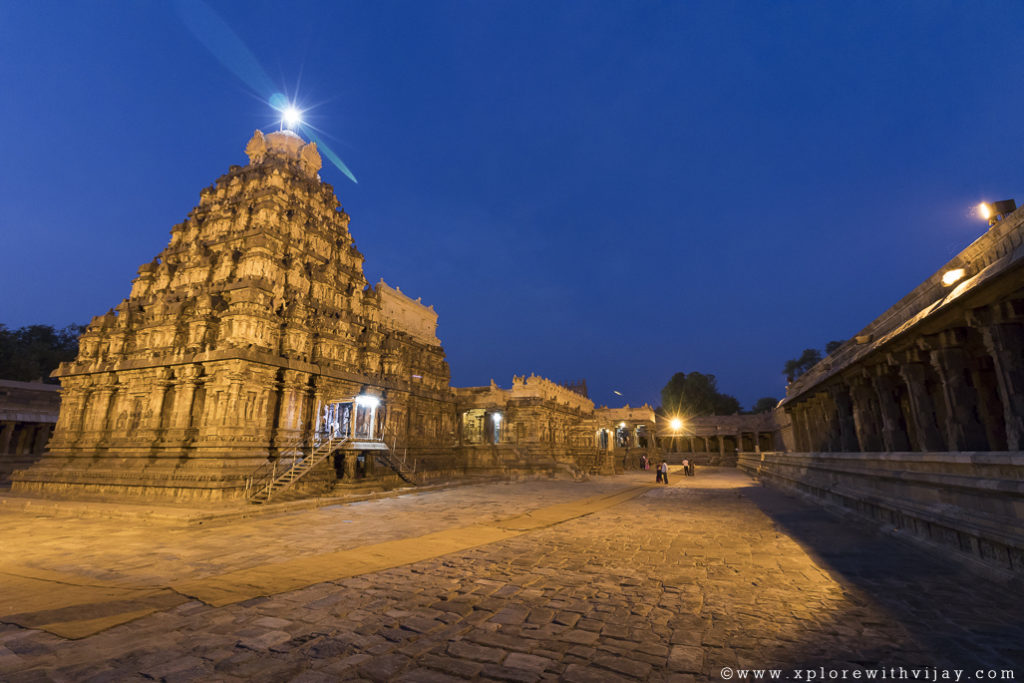
To everyone else, there existed a mythological white elephant with four tusks and seven trunks who carried the Hindu god Indra. The course of events can be related to Lord Vishnu’s second incarnation, Kurmavatar. It is said that sage Durvasa presented lord Indra with a divine garland that was presented to him by lord Shiva. Indra, then, placed this garland on the truck of his elephant. The elephant threw this garland and trampled it. Sage Durvasa got angry for showing disrespect towards his gift and cursed the elephant. The once beautiful and spotless white elephant was marred with skin coloration. Airavata took a dip in the holy waters of this temple at Darasuram was he cured of his curse. The presiding deity and the temple derive its name following this incident.
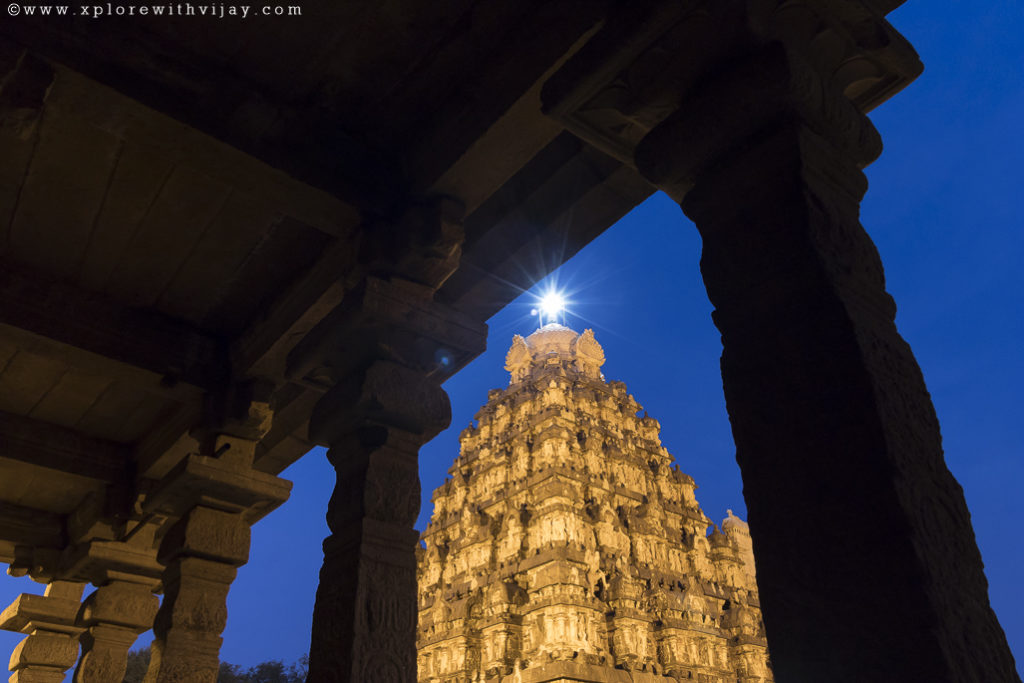
The Airavatesvara Temple is not as grand in scale as the Brihadeeswara and the Gangaikondacholiswaram temples, but certainly is a repository of delicate and intricate stone carvings. Just beside the Nandi (bull), at the entrance to the temple, exist ornately carved out steps (in the fenced enclosure) that produce musical notes when one walks on them. Inside the temple is a giant chariot, replete with intricate sculptures, being pulled by an elephant and horse with a fleet of steps.
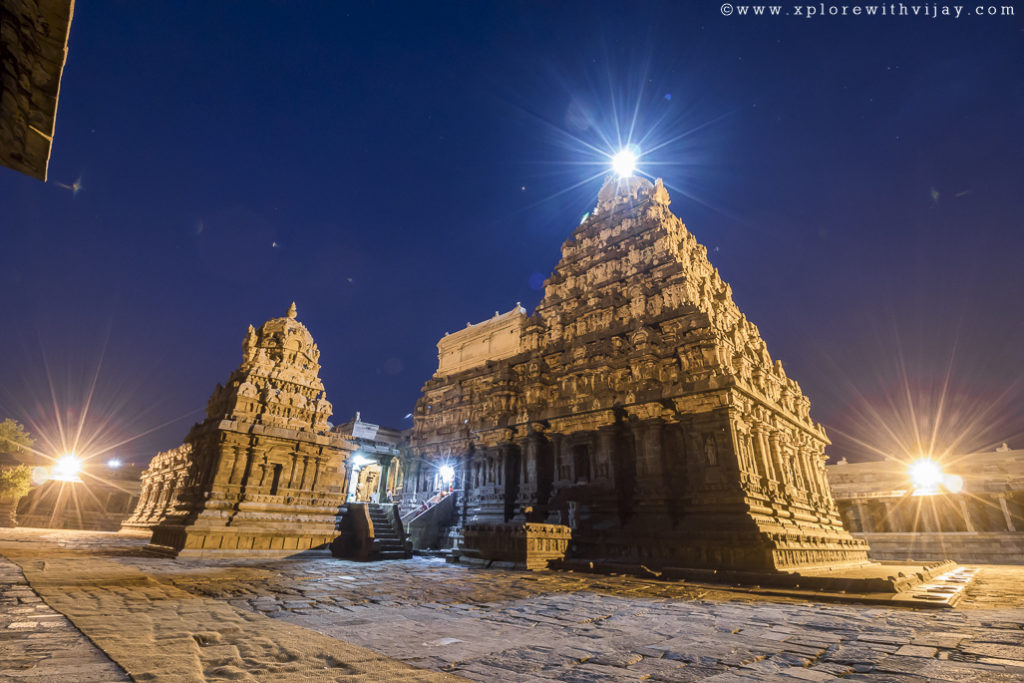
The pillars are absolute delight to experience the art and brilliance of workmanship. These pillars are replete with sculptures of Yalis. Yalis, are again, mythological creatures that have the trunk of an elephant, body of a bull, head of a lion, horns of a ram, and the ears of a pig.
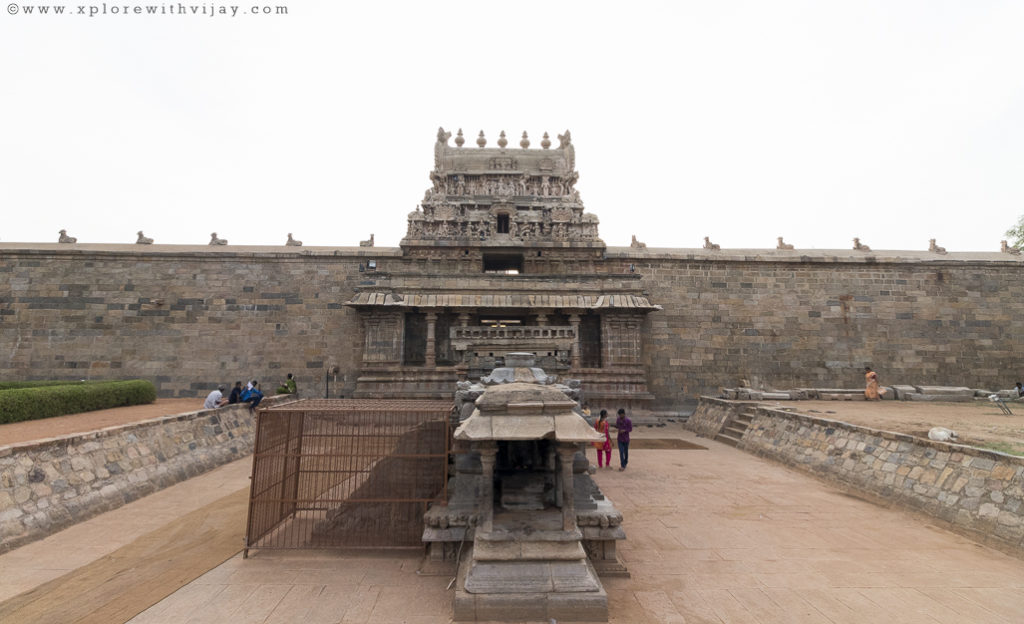
The temple was much bigger than it is in current form. The reasons for its destruction is unclear. Invasions by the Pandyas who defeated the Cholas during the later part of 13th century followed by Muslim invasions may have raged the city. During the 15th century, it was the Vijayanagara Empire that defeated the Madurai Sultanate and this temple along with other Chola era temples were repaired and restored.
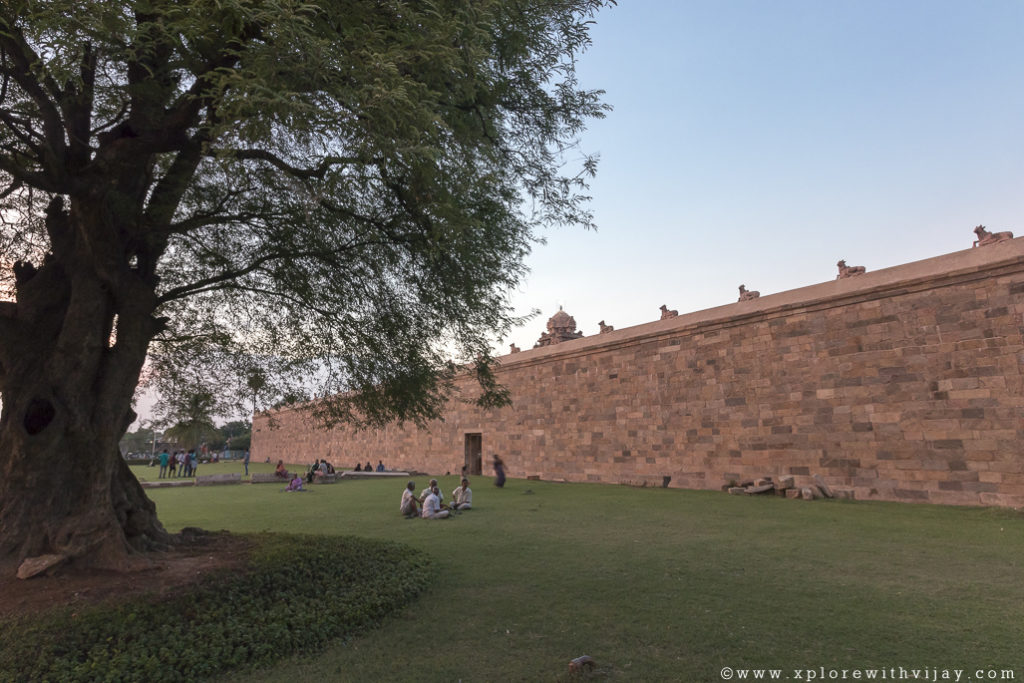
UNESCO WORLD HERITAGE SITE
The temple was given the status of UNESCO World Heritage Site in the year 2004. Along with Brihadeeswara temple at Thanjavur and Gangaikondacholisvaram temple at Gangaikonda Cholapuram are collectively called the Great Living Chola Temples. Currently, the temple is being maintained by the Archaeological Survey of India. With well maintained lush green lawns along the sides of the outer walls of the temple, it attracts people and tourists all over.
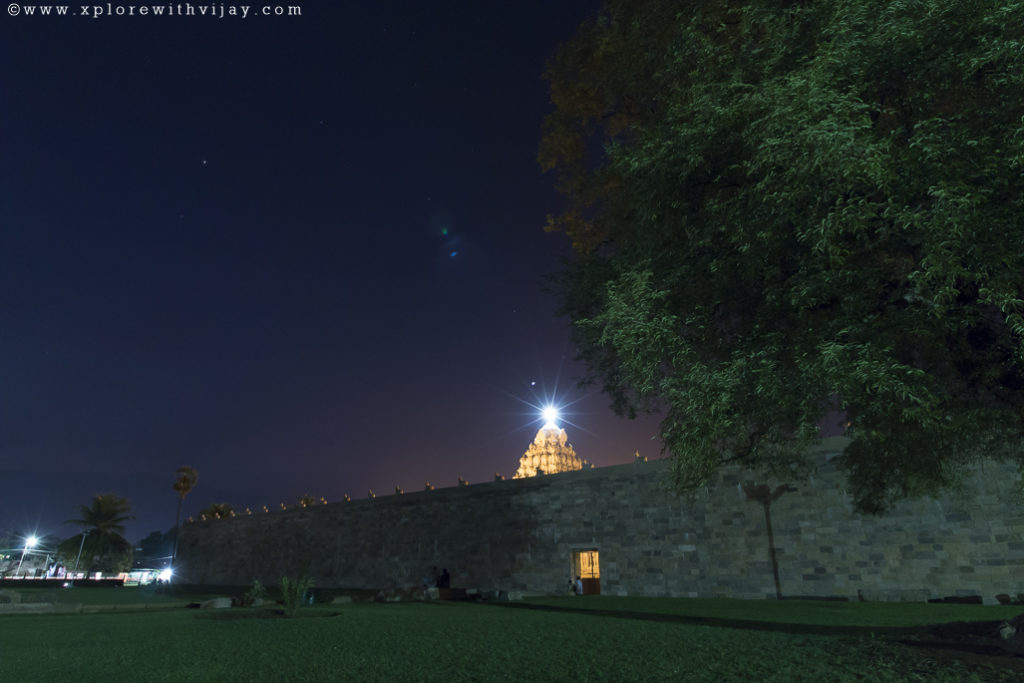
Let me know if you liked this blog in the comments below. Feel free to share this blog with your family and friends!
Do subscribe to my travel blogs at https://www.xplorewithvijay.com, so you don’t miss out on fascinating travel stories.

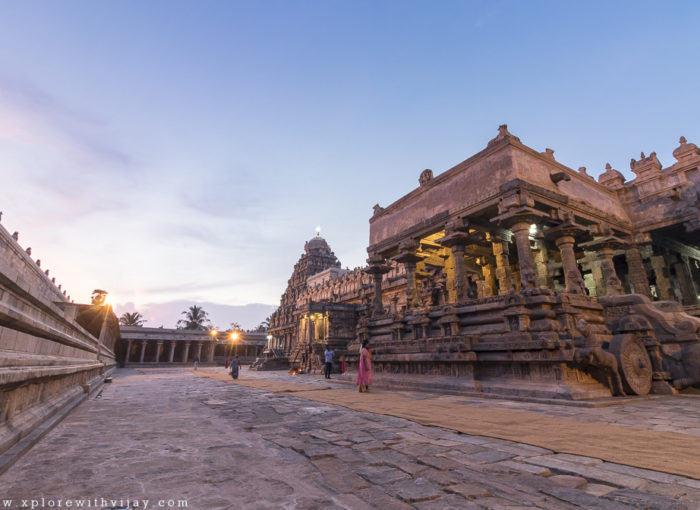
Reading you blog is not just an informative and thought provoking but also gives a pride of learning something new on the very day.. keep it up. Looking forward to see more.
Thank you very much Chaitanya! 🙂 🙂 🙂